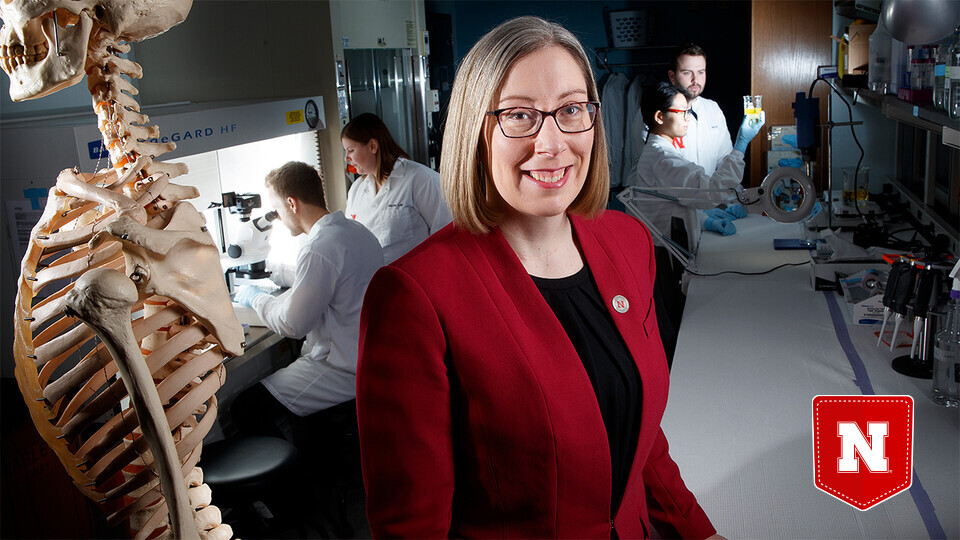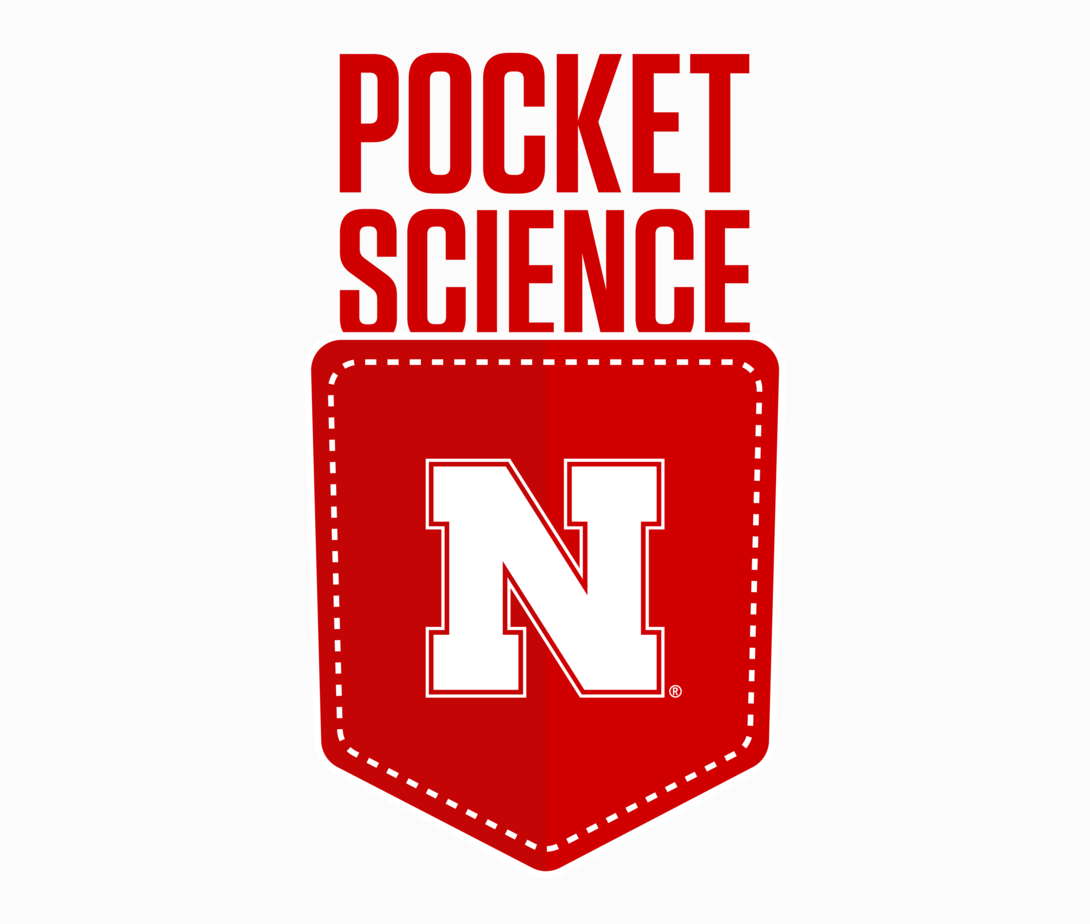
Welcome to Pocket Science: a glimpse at recent research from Husker scientists and engineers. For those who want to quickly learn the “What,” “So what” and “Now what” of Husker research.

What?
The persistence of low-back pain speaks to the difficulty of pulling it out by the roots — especially when those roots take the form of nerve fibers that worm their way into the discs wedged between vertebrae. Opioids, anti-inflammatories and other existing treatments for back pain often address short-term symptoms rather than that potentially chronic cause, even as they introduce risks of addiction and side effects.
So what?
With funding from the National Science Foundation and the National Institutes of Health, Nebraska’s Rebecca Wachs, an assistant professor of biological systems engineering, has been investigating how to force the retreat of pain-receptive nerve fibers that encroach into discs of the lower back. Alongside doctoral student Fei San Lee and recent Husker graduate Uyen Nguyen, Wachs recently screened multiple compounds designed to do just that.
The team found two compounds that substantially shortened the length of nerve fibers in cultures of rat-derived cells responsible for carrying sensory information, including pain signals, to the central nervous system. Rats whose discs were injected with the compounds, meanwhile, showed no weight loss or behavioral changes that would indicate side effects.
Though the compounds did appear to modify the metabolism of cells derived from human discs, the cells remained viable, a preliminary but heartening sign of their compatibility with the compounds.
Now what?
Whether the compounds can inhibit or even reverse nerve fiber growth in human discs, and reduce any pain driven by them, remains an open question. But if the compounds continue to show promise in animal trials, they could eventually find their way into human trials — a major step toward the elusive long-term treatment of low-back pain.







